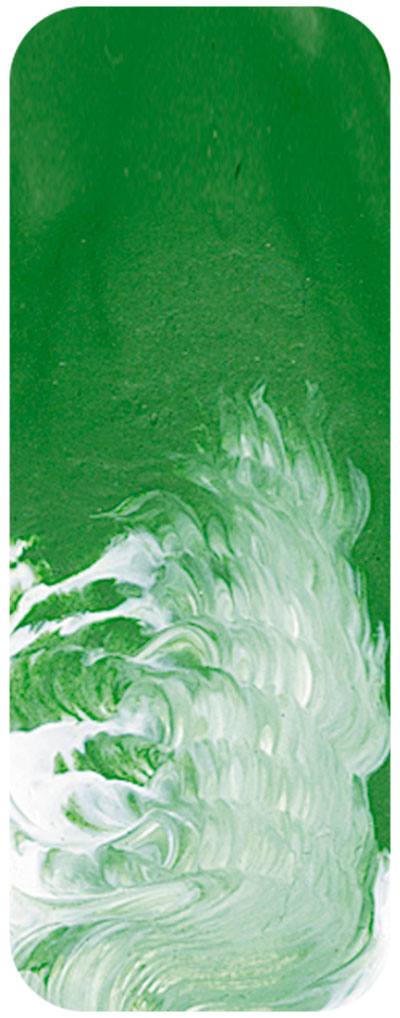Chromium Green Oxide Matisse Fluid 135ml
Couldn't load pickup availability
Description
"Chromium Green Oxide is a warm mid green colour well liked by artists. It is one of the top 2 or 3 pigments as far as lightfastness goes. It is very much a French colour. The element chromium was discovered by Louis Nicolas Vauquelin in 1797 which lead to his identification of Chromium Green Oxide in 1807 but was not until 1838 when a practical process for making the pigment was developed by Parisian colour maker Pannetier who kept his methods secret. In 1859 another French chemist named Guignet patented a method for making viridian which is chemically identical to Chromium Green Oxide with the exception that an extra step is taken in which the pigment is hydrated and ends up with two water molecules attached to the oxide of chromium. This turns the colour from an opaque yellowish mid green to a darker, transparent, blue green. Viridian was a beautiful colour and overshadowed its duller cousin. In the modern world where Phthalo Green has largely replaced the use of the original viridian pigment, the older mid green Chromium Green Oxide has kept going with undiminished popularity. it could be described as the quiet achiever. In many ways Pannetier???s colour had taken the role once played by green earth as the artists first choice for drab earthy colours since it was easy to add Raw Umber or Yellow Oxide to it to get those earthy greens. So while viridian got all the attention for making bright and flashy colours, the more understated role of Chromium Green Oxide was just as important and has endured to this day.
It is not just artists who value this pigment. During World War II infra red photography was used for the first time to identify camouflaged tanks and other military equipment. By that time using broken olive green colours was becoming very effective at visually hiding military assets but infra red film was able to easily distinguish camouflage paint colours against natural vegetation because while the paint???s visible light spectrum might be the same as the surrounding vegetation, it would look different to the environment on infra red film. Experimentation with pigments revealed that Chromium Green Oxide gave images on infra red film that more closely matched natural foliage thus making it harder to spot camouflage using Chromium Green Oxide compared to other green pigments from the air. It continues to be an important pigment used by military???s around the world and there is now a special variety of the colour made specially for military use which has the name camouflage green.
Artists use Chromium Oxide Green for its mid green tone and because it is opaque it is liked for its ability to cover other colours and the underdrawing. Chromium Green Oxide is very good at making a wide range of greens. Besides the green earth like colours with Raw Umber or Yellow Oxide it could make a bright brunswick type of green when mixed with Phthalo Green, beautiful turquoise dark greens with Primary Blue or gum tree leaf greens when mixed with Australian Blue Gum. Mixtures with Iso Yellow make a warm olive, while Primary Yellow makes a grass green and Naples Yellow Light makes a lovely soft light green. Chromium Oxide Green is as important to the artist today as it was 170 years ago in Paris when it was a new colour.
"


